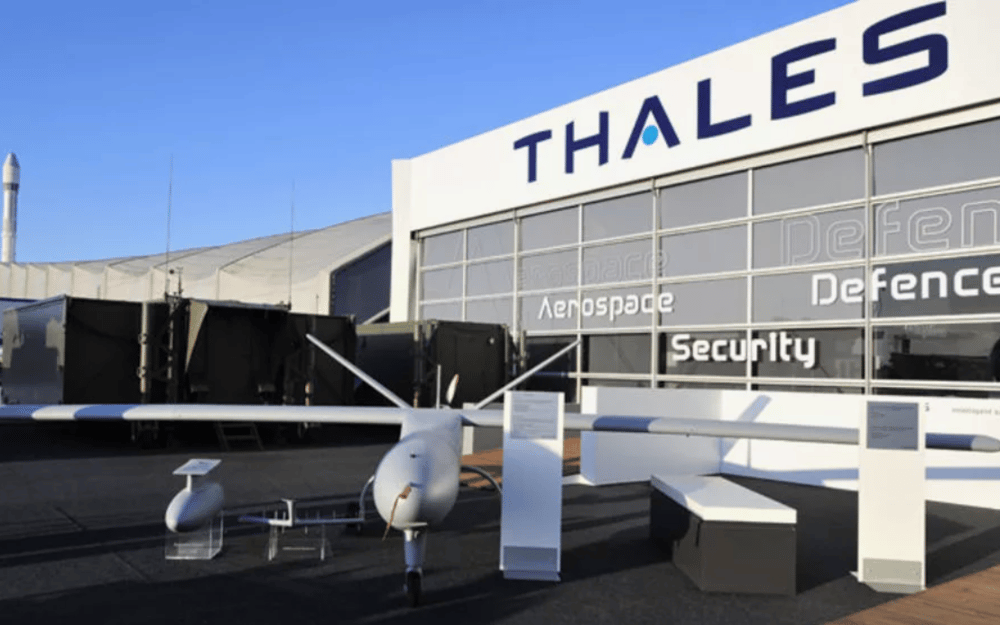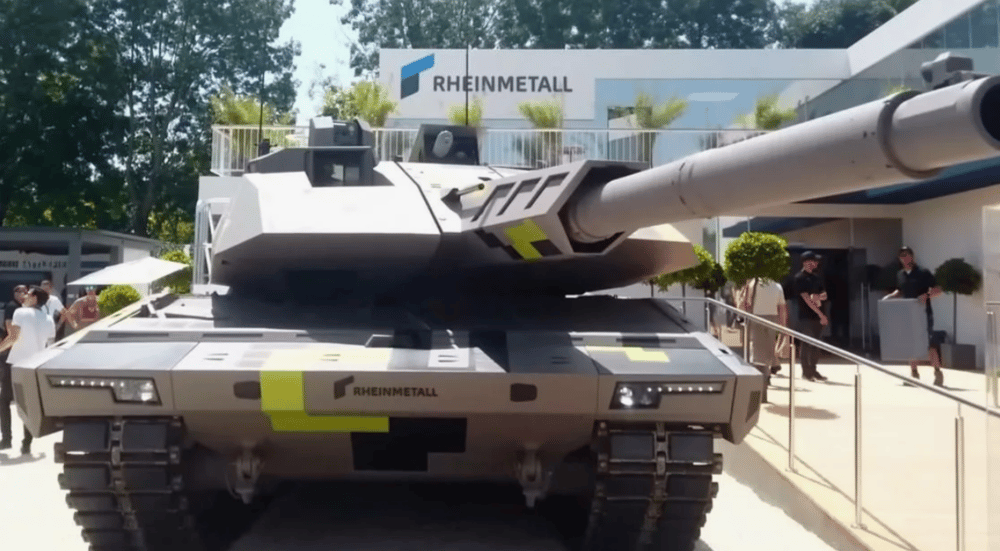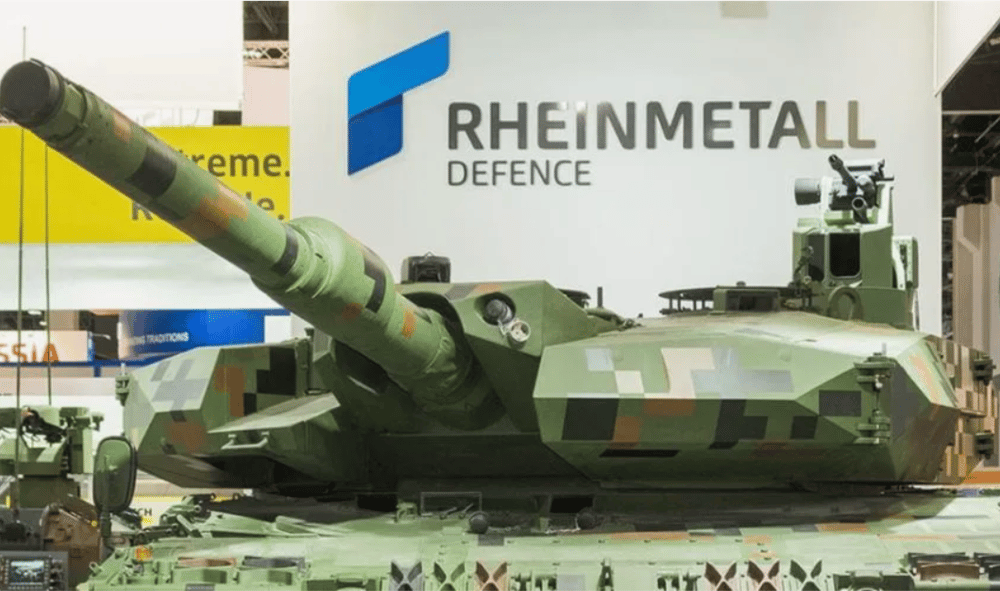VC Faces ESG and Incumbent Barriers as Prime Contractors Like Airbus and Rheinmetall Dominate
The European defense sector is experiencing a seismic shift as the European Union earmarks up to €800 billion (~$920 billion USD) in defense spending through 2030. This historic budget expansion comes in response to rising geopolitical tensions, war in Ukraine, and NATO's pressure on member states to meet spending thresholds. While the allocation creates fertile ground for venture capital (VC) investment, much of the funding is expected to be absorbed by entrenched prime contractors like Airbus $AIR.PA and Rheinmetall $RHM.DE — leaving start-ups to contend with formidable structural and regulatory challenges.
Against this backdrop, private investors seeking to back Europe’s next defense technology “unicorn” face constraints imposed by environmental, social, and governance (ESG) criteria, bureaucratic hurdles, and a fragmented procurement landscape. As a result, even with an unprecedented surge in available capital, access for early-stage defense innovators remains limited.
Challenges and Opportunities in Europe’s Defense Tech Investment Ecosystem
The scale of EU defense funding is a clear signal to capital markets, yet systemic impediments limit widespread VC participation. The lion’s share of the new budget is earmarked for traditional military-industrial firms with deep government ties and established supply chains. This reinforces the dominance of long-standing contractors such as Thales $HO.PA, Leonardo $LDO.MI, and Saab $SAAB-B.ST.
Startups in fields such as autonomous systems, cyber defense, and AI-based threat detection often lack the scale and clearance needed to bid competitively for large EU or national-level contracts. Moreover, the EU’s emphasis on sustainability compliance through mechanisms such as the EU Taxonomy for Sustainable Activities creates an additional filter for funding eligibility, which could disqualify potentially transformative yet non-compliant technologies.
For institutional investors, this raises a critical tension: the drive for geopolitical resilience versus adherence to ESG standards that traditionally exclude defense and weapons-linked ventures.

Key Market Facts
💶 Total Budget: €800 billion (~$920B USD) in EU defense spending through 2030
🏗️ Prime Beneficiaries: Airbus, Rheinmetall, Thales
📈 Sector Trends: Surge in VC interest in dual-use and defense technologies
⚖️ Regulatory Challenge: ESG and EU sustainability frameworks restrict participation
🚀 Start-Up Dilemma: Limited access to public contracts and funding pathways
🌍 Investment Focus: Cybersecurity, unmanned platforms, satellite tech, AI
Market Reaction and Strategic Outlook: Analysts Cautious Amid Regulatory Ambiguity
While some European VC funds are actively pivoting toward dual-use technology — innovations with both civilian and military applications — many investors remain cautious. The lack of clarity in ESG classifications and limited visibility into EU procurement pipelines hinder capital deployment at scale.
Nevertheless, defense-focused accelerators and public-private partnerships, such as the European Defence Fund (EDF) and NATO’s DIANA program, are attempting to bridge this funding gap. However, their operational capacity and alignment with VC expectations around timelines and exit opportunities remain unclear.
Market strategists note that U.S.-based defense tech ecosystems, including firms backed by In-Q-Tel or Andreesen Horowitz, demonstrate a higher degree of maturity due to closer public-private integration and less ESG-driven capital filtering.

Key Strategic Takeaways
VC appetite for European defense tech is growing, but actual deployment remains low.
Most funding will go to major players like Airbus, Rheinmetall, and Thales, creating a high barrier for newcomers.
EU ESG compliance rules create friction between policy goals and investment opportunities.
Dual-use technologies offer the most viable entry point for start-ups and VCs alike.
The European defense VC ecosystem lacks the institutional support systems seen in the U.S. market.
Europe’s Defense Spending Surge Presents a Paradox for Innovation and Investment
The EU’s historic €800 billion military budget signals a transformative era for European defense — yet it also exposes deep structural tensions in aligning sustainability policy, innovation funding, and security priorities. For venture capital firms, the opportunity to participate in the continent’s military resurgence is real, but constrained.
Dominance by major defense contractors like Airbus and Rheinmetall, combined with a regulatory landscape shaped by ESG priorities, leaves limited room for agile newcomers. Without broader reforms to procurement access, ESG standards, and public-private collaboration models, the gap between available capital and actual innovation deployment will persist.
In essence, Europe’s defense boom could fuel industrial giants — but unless mechanisms evolve to support high-growth tech entrants, the continent risks stifling the very innovation it seeks to empower.















Comments
This funding surge might be a game changer, but will startups get a fair shot or just be sidelined?
Innovative investment strategies are pushing capital growth to new heights in the automation sector
The EU's massive defense spend could spark disruptive innovations, but it's unclear if startups can overcome the established giants.